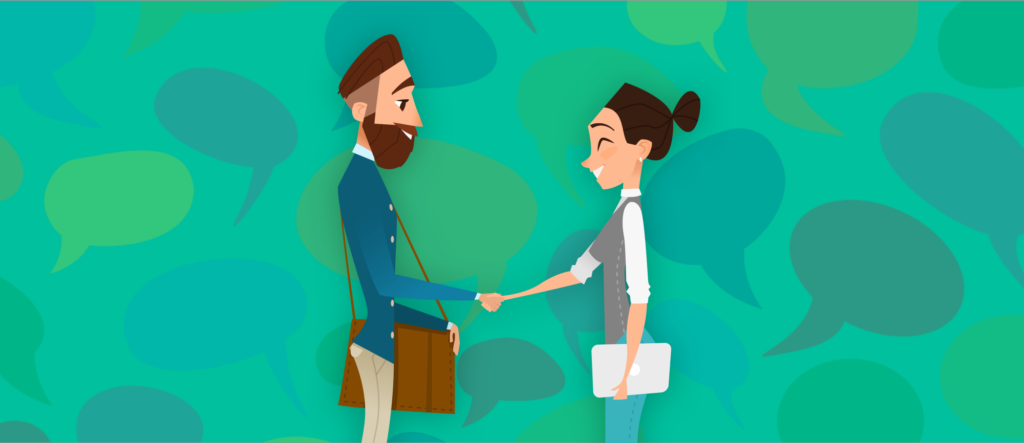I interviewed an employee in a big design company, and she told me her work details, which prove the importance of kindness in creativity. Her job title is the product designer and has worked for 3 years. She served as one of the designers of creating and editing videos and pictures in the company, and she is also one of the early members of the advanced technology and research team. She shared with me a lot of interesting and impressing things of her work, not only her routine responsibilities but also her view about the perspective on the current job market for interaction design, human-computer interaction and user experience design.
She told me that currently, one information technology company may need different designers, like visual designers, interaction designers or motion designers, however, some big companies are quite different. Based on the culture of “hack”, the designers like her focuses on all works related to one product, which means she can consider all layers in one product. To improve the efficiency, her team doesn’t always keep the normal design steps such as user interview, wireframe or data analysis. Instead, they would like to dive into a new product directly, brainstorm in a limited time, like 30-120 minutes, and make a high-fi prototype finally. Also, they use up to date applications to achieve the teamwork. The aim is clear that to make users love their design and help them totally in their life. Based on her description, I consider that looking highly on an efficiency of developing products and application of advanced software are two main reasons for letting employee receive sustained success.
Furthermore, when I asked her what’s the enjoyable moment of her career experience, I noticed that she was excited when she talked about the Design Sprint methods which they often use to complete a product’s primary design. This method takes 5 days to achieve the primary works of product design. On the first day, they would clarify their target, and then do the brainstorm, select better ideas, make a final decision, build prototypes and do the user testing in the next days. With the clear limitations and strict plan, they find this is a better way to truly develop a good design. She told me that an excellent design must need sufficient user research to clarify the product’s ideation, but they tend to figure them out by themselves. The unlimited frame can let them think deeply and express the willing of truly helping users.
I also asked her about the details of her work experience. Her first project is about facial identification. Because this technology has not got mature on the market, she thought maybe they can grab the chance to develop this product. However, this technology is only good at identifying whether an image is a face or not; but it cannot tell different people’s faces. Then once a user wants to share pictures with his or her family or close friends, the suggestions from are rough which may result in that the user reduces trust to this product. She pinpoints the idea that product or user experience (UX) designers should not rely on technology too much, and the main aim is still solving the users’ problems, which require people to base on their kindness.
Focusing on the users themselves and helping them solve problems can be always a valid rule of creating designs, and it is the time for me to rethink my design works.
